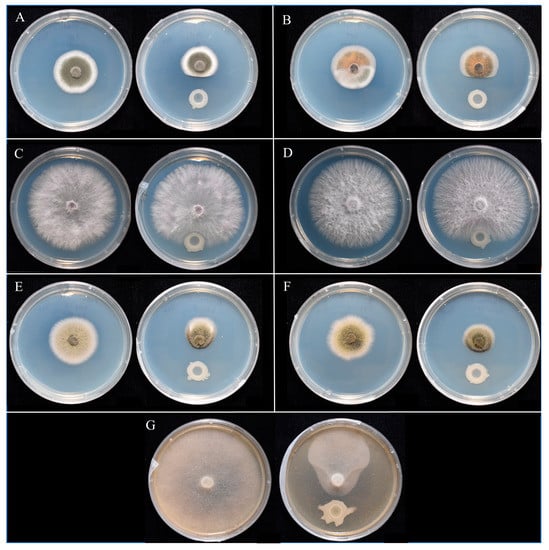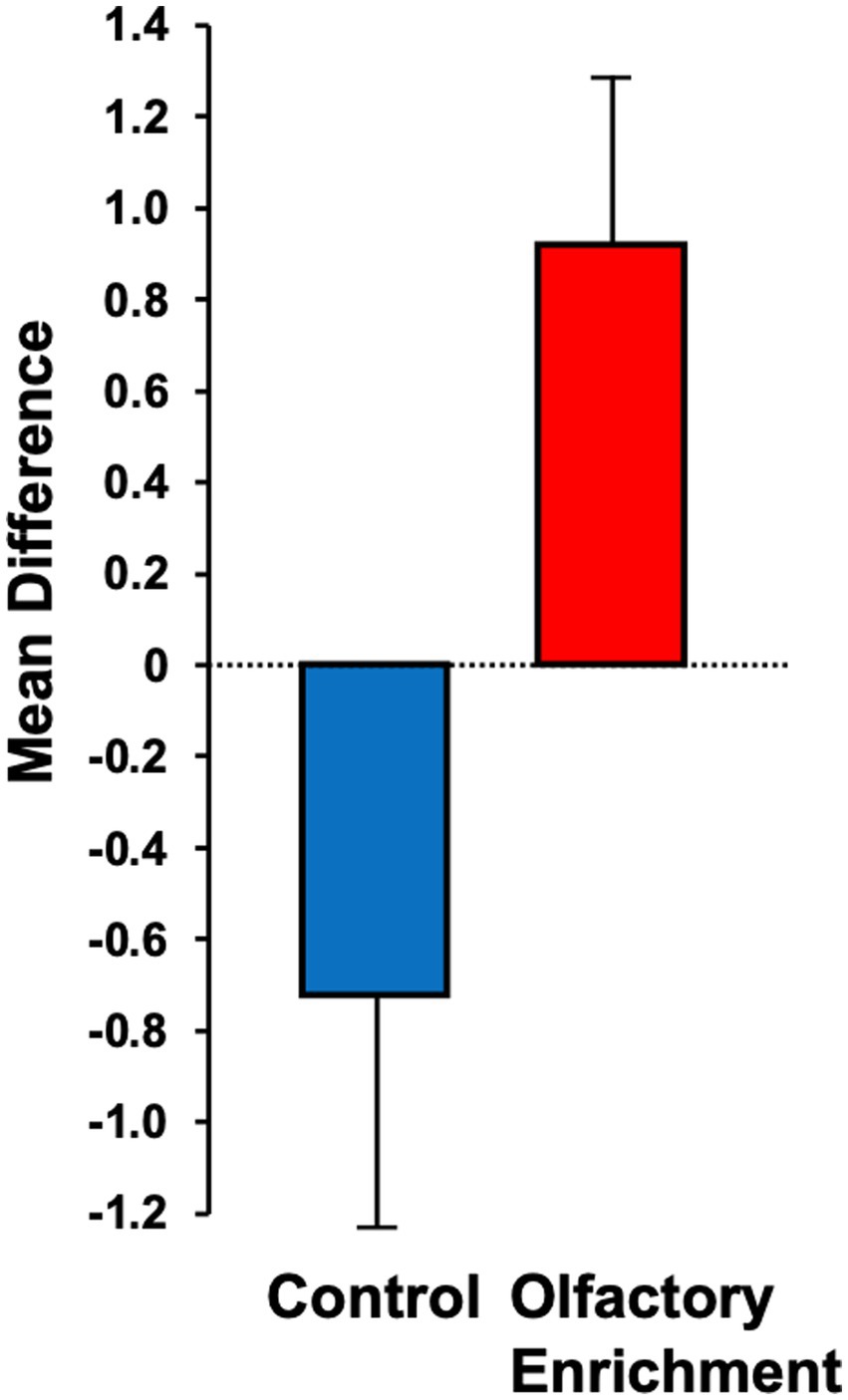2023-08-01 デラウェア大学 (UD)
<関連情報>
- https://www.udel.edu/udaily/2023/august/ud-beneficial-bacteria-ud1022-antifungal-turfgrass/
- https://www.sciencedirect.com/science/article/abs/pii/S1049964423001378
植物成長促進根粒菌Bacillus subtilis UD1022株のダラースポット病原菌(Clarireedia jacksonii)に対するSpo0A依存的抗真菌活性 Spo0A-dependent antifungal activity of a plant growth promoting rhizobacteria Bacillus subtilis strain UD1022 against the dollar spot pathogen (Clarireedia jacksonii)
Charanpreet Kaur, Mike Fidanza, Erik Ervin, Harsh P. Bais
Biological Control Available online: 16 June 2023
DOI:https://doi.org/10.1016/j.biocontrol.2023.105284

Highlights
•PGPR B. subtilis UD1022 showed significant antagonism against dollar spot pathogen C. jacksonii.
•B. subtilis master regulator spo0A gene was required for the antagonism.
•Bacterial volatile compounds and cell free lysate of UD1022 showed no fungal inhibition.
•Morphological changes in C. jacksonii mycelia were observed when exposed to UD1022.
•Creeping bentgrass plots treated with UD1022 had reduced dollar spot incidence as compared to untreated control.
Abstract
Dollar spot is an economically important foliar disease of turfgrass caused by Clarireedia spp. Increased use of chemical fungicides for disease management has possible negative effects on the environment and human health. The quest for eco-friendly alternatives to fungicides is driving the development of new biological strategies for managing dollar spot. In the present study, an analysis of antifungal activity of the plant growth promoting rhizobacteria (PGPR) Bacillus subtilis strain UD1022 (hereafter UD1022) and plant health products (PHPs) (Acibenzolar-S-methyl, kelp extract, fosetyl-Al, and trinexapac-ethyl) against Clarireedia jacksonii for control of the turfgrass fungal disease dollar spot was conducted. In vitro assays revealed that UD1022 has significant inhibitory effects against the mycelial growth of C. jacksonii. Of all the treatments, wild type UD1022 and a non-ribosomal peptide mutant (sfp¯) showed potential antagonism against C. jacksonii with inhibition rate of 17.2 % and 18.4%, respectively. Interestingly a Bacillus-derived broad antifungal compound (surfactin) and PHPs showed no direct antagonistic activity against dollar spot pathogen and were statistically like the untreated control. All the mutants of UD1022 except spo0A¯ showed varying but significant inhibition of the fungal pathogen suggesting that spo0A gene may be directly involved in the antagonism against C. jacksonii. Bacterial volatile compounds (BVCs) of UD1022 may not be involved in antagonism as no fungal inhibition was observed in the indirect assay using split petri plates. Filter sterilized cell free lysate (CFL) as well as heat treated CFL of UD1022 bacterial culture did not show any fungal inhibition indicating a primary role of live bacterial cells and not bacterial-derived or secreted compounds in fungal growth inhibition. The results indicate UD1022 to possess the potential to be extended for the biocontrol of dollar spot of turfgrass.
枯草菌UD1022株によるメディカゴ・サティバ植物病原菌に対するサーファクチンとSpo0A依存性の拮抗作用 Surfactin and Spo0A-Dependent Antagonism by Bacillus subtilis Strain UD1022 against Medicago sativa Phytopathogens
Amanda Rosier,Maude Pomerleau,Pascale B. Beauregard,Deborah A. Samac and Harsh P. Bais,Plants
Plants Published: 23 February 2023
DOI:https://doi.org/10.3390/plants12051007

Abstract
Plant growth-promoting rhizobacteria (PGPR) such as the root colonizers Bacillus spp. may be ideal alternatives to chemical crop treatments. This work sought to extend the application of the broadly active PGPR UD1022 to Medicago sativa (alfalfa). Alfalfa is susceptible to many phytopathogens resulting in losses of crop yield and nutrient value. UD1022 was cocultured with four alfalfa pathogen strains to test antagonism. We found UD1022 to be directly antagonistic toward Collectotrichum trifolii, Ascochyta medicaginicola (formerly Phoma medicaginis), and Phytophthora medicaginis, and not toward Fusarium oxysporum f. sp. medicaginis. Using mutant UD1022 strains lacking genes in the nonribosomal peptide (NRP) and biofilm pathways, we tested antagonism against A. medicaginicola StC 306-5 and P. medicaginis A2A1. The NRP surfactin may have a role in the antagonism toward the ascomycete StC 306-5. Antagonism toward A2A1 may be influenced by B. subtilis biofilm pathway components. The B. subtilis central regulator of both surfactin and biofilm pathways Spo0A was required for the antagonism of both phytopathogens. The results of this study indicate that the PGPR UD1022 would be a good candidate for further investigations into its antagonistic activities against C. trifolii, A. medicaginicola, and P. medicaginis in plant and field studies.



◆これにより、より持続可能な芝生管理が実現できると期待されています。さらなる研究を通じて、UD1022が芝生の健康に与える影響を詳しく調査し、効果的な防御メカニズムの確立を目指す計画です。